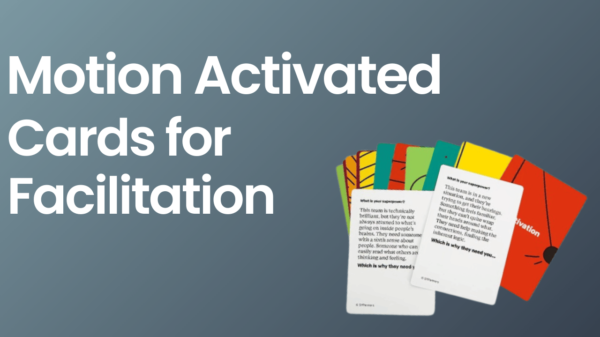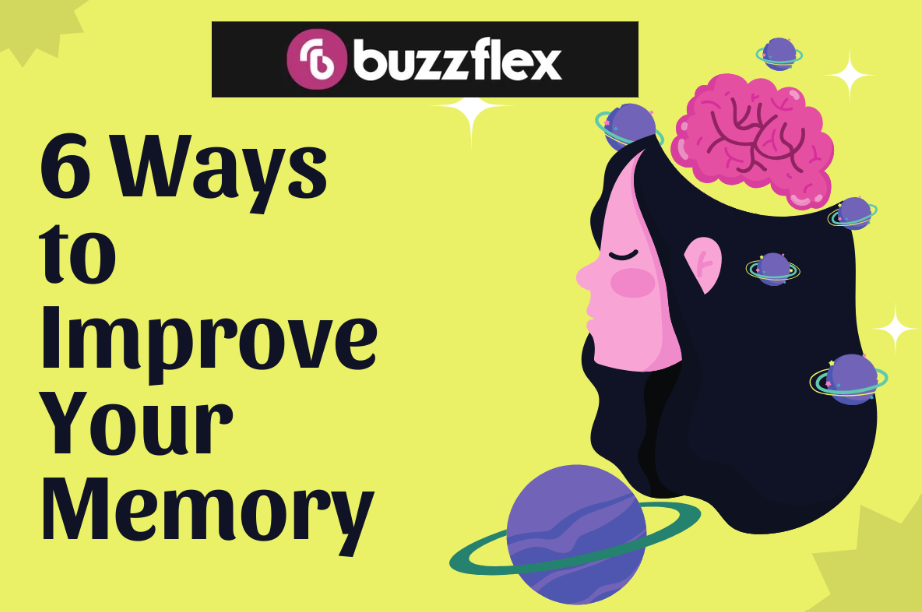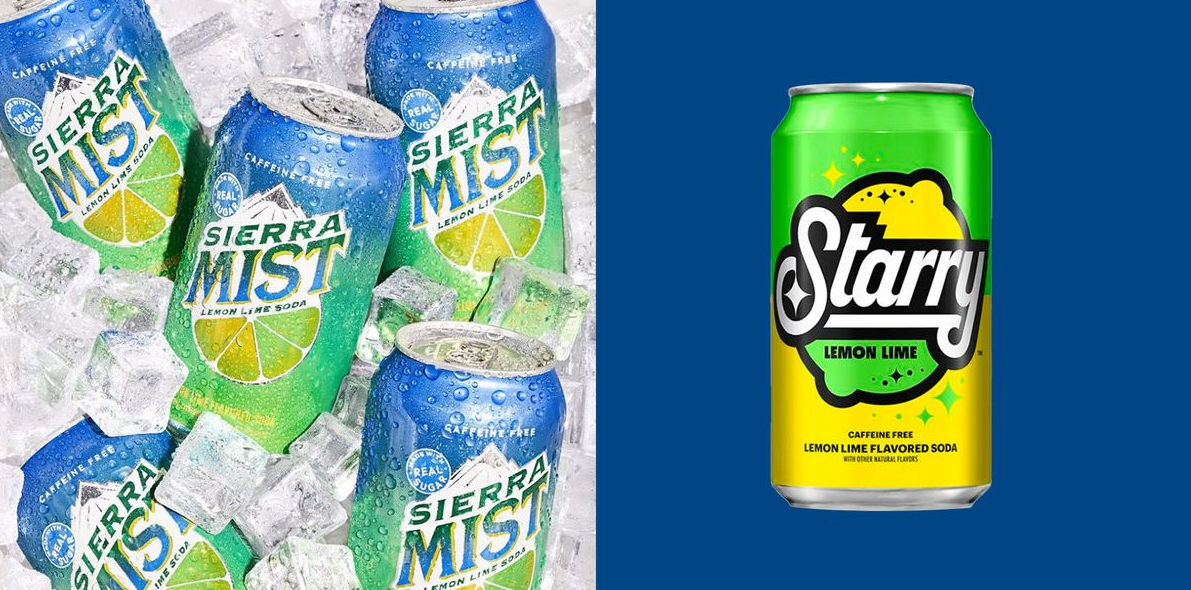Table of Contents
ToggleExplicit memory is also called declarative memory. It is one of the main types of human long-term memory. Explicit memory is “the deliberate replication of ideas and beliefs, facts, life experiences, and other information”. This type of long-term memory is dependent upon the acquisition, consolidation, and retrieval of messages.
The knowledge that is stored in explicit memory is called declarative knowledge. Moreover, the distinction is made between declarative memory and explicit memory. In this case, explicit memory relates to conscious memory, and declarative memory relates to memory that can be described in words.
Example of explicit memory
Examples of explicit memory are:
- Recalling phone numbers.
- Completing any competitive exam.
- Remembering to-do list.
- Birthday dates.
- Important event dates.
- Great personality names.
- Any specific location.
Types of explicit memory
Explicit memory is divided into two categories:
- Episodic Memory
- Semantic Memory
Episodic Memory
Episodic memory stores personal experiences in human long-term memory. It consists of the recollection of observational information which is attached to specific life events. These memories are happened to the subject directly or just memories of events that happened around them. When most people think about memory, they think of episodic memory. One can retrieve different situational and contextual aspects from past events through episodic memory.
For instance, the memory of the first day at college or university. Another example of episodic memory is the memory of being notified that one got a dream job or is being terminated from their job etc. One way to think about the process of retrieving these episodic memories is as a mental recreation of the relevant past events in great detail.
Semantic memory
It’s that episodic memory gives the support to the semantic memory. This type of explicit memory stores the factual information. The knowledge about facts and ideas that can be articulated and is independent of personal experiences. This memory is concerned with the recollection of certain experiences and life events that people can relive at any time.
For example, semantic memory contains information about what is a car. However, episodic memory might contain a specific memory of buying or selling of car. Humans can transfer the knowledge they have acquired from previous experience into the learning of new concepts.
Explicit vs procedural memory
Implicit memory is also known as procedural memory. This type of long-term memory is involved in the performance of different actions and skills. Importantly, this type of memory deals with the memory of how to do certain things.
For example, riding a bike, roasting chicken, and baking cake without knowing a recipe are all examples of procedural/implicit memories.
Comparison of implicit and explicit memory
| Implicit memory | Explicit memory |
| Known as procedural memory | Known as declarative memory |
| Related to how to do certain things | Relates to conscious memory |
| Involved in the performance of different actions and skills | Dependent upon the acquisition, consolidation, and retrieval of messages. |
Keep in mind that the physical process of how to do something like drive a car is an implicit memory. Whereas, remembering the route/way you have to take to go somewhere is an explicit memory.
How does explicit memory work?
When a person consciously tries to recall a specific event or piece of information. The things we intentionally try to recall or remember, such as any specific date or any lesson, are all stored in explicit memory. The person utilizes recalled information such as this during everyday activities such as work or any recipe.
How to improve explicit memory?
Repetition and Practice are the best ways to improve not only implicit but also explicit memory. In other words, the process of consolidation of the explicit memory leads to its improvement where repetition plays a critical role. I admit that constant training makes it easy to memorize and an individual does not find it difficult to recall information or perform a given task mechanically. So to make routine tasks run more smoothly existing repetition-induced motor memories enhance muscle memory. Both explicit and implicit memory-sustaining performance and assimilation of skills entail this practice.
Trending Now: JANITOR AI: Pros and Cons


















